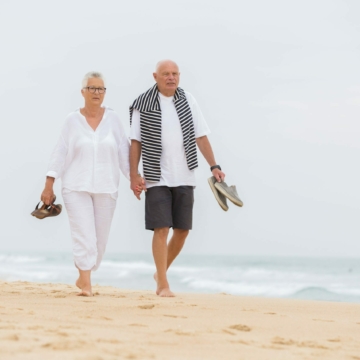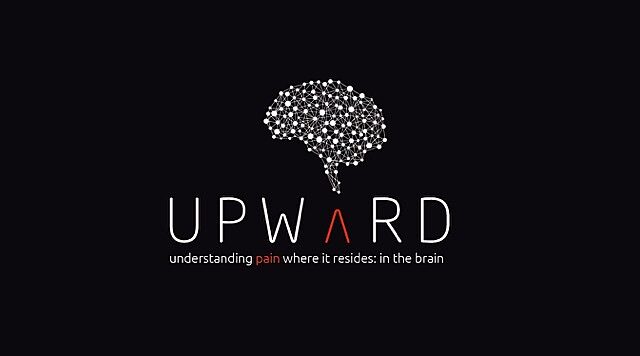Research Project

Siobhan Schabrun
Current Appointments
Senior Research Scientist and Group Leader, NeuRAKey Research Areas
Dr Siobhan Schabrun trained as a physiotherapist before completing a PhD in neuroscience at The University of Adelaide in 2009. Supported by a NHMRC Early Career Fellowship, she undertook post-doctoral training in pain neuroscience at The University of Queensland. In 2014, she received a Fulbright scholarship to further her interest in the neuroplasticity of pain in the USA and was awarded a QLD Young Tall Poppy Science Award. In 2018 she moved to NeuRA where she leads a program of research that seeks to understand why some people recover after an episode of musculoskeletal pain while others develop long-lasting, disabling pain. She is the 2020 Ulf Lindblom Award Recipient for an outstanding young clinical investigator in the field of pain.
Research interests include the discovery of biomarkers that can predict who will develop chronic pain – even before pain begins, investigation of the neurobiological mechanisms that underpin the transition from acute to chronic pain and the development and testing of non-invasive brain stimulation treatments for chronic pain. She is also passionate about improving the translation of research evidence into clinical practice. Follow Siobhan’s work on Google Scholar.
Siobhan is deputy lead of the low back pain working group of the SPHERE musculoskeletal clinical academic group, a nominated member of the Global Young Academy and is one of the inaugural Superstars of STEM.
Publications
2025, 03 Aug
Transcranial magnetic stimulation induced pupil dilations can serve as a cortical excitability measure
View full preprint on https://doi.org/10.1101/2025.08.02.668303
2025, 19 Mar
Effects of nicotine compared to placebo gum on sensitivity to pain and mediating effects of peak alpha frequency
View full preprint on https://doi.org/10.7554/eLife.91933.2
2025, 19 Mar
Effects of nicotine compared to placebo gum on sensitivity to pain and mediating effects of peak alpha frequency
View full preprint on https://doi.org/10.7554/eLife.91933
2025, 06 Jan
Voices from the clinic: a qualitative analysis of physiotherapy strategies in musculoskeletal care for knee osteoarthritis patients
View full journal-article on https://doi.org/10.1186/s12891-024-08242-y
2025 Jan
Integrated care for adults with chronic musculoskeletal disorders: a scoping review protocol
View full journal-article on https://doi.org/10.11124/JBIES-23-00534
2024 Aug
Can non‐invasive brain stimulation modulate peak alpha frequency in the human brain? A systematic review and meta‐analysis
View full journal-article on https://doi.org/10.1111/ejn.16424
2024, 14 Jun
Peak alpha frequency is not significantly altered by five days of experimental pain and repetitive transcranial stimulation of the left dorsolateral prefrontal cortex
View full preprint on https://doi.org/10.1101/2024.06.14.599003
2024, 17 Apr
Can we Find Evidence for the Null in a Bayesian t-Test? Not Unless we Reconsider Bayes Factor Thresholds
View full preprint on https://doi.org/10.31234/osf.io/kytj7
2023, 14 Dec
Phosphene and Motor Transcranial Magnetic Stimulation Thresholds Are Correlated: A Meta-Analytic Investigation
View full preprint on https://doi.org/10.1101/2023.12.12.571304
2023, 17 Nov
Effects of nicotine compared to placebo gum on sensitivity to pain and mediating effects of peak alpha frequency
View full preprint on https://doi.org/10.7554/eLife.91933.1








